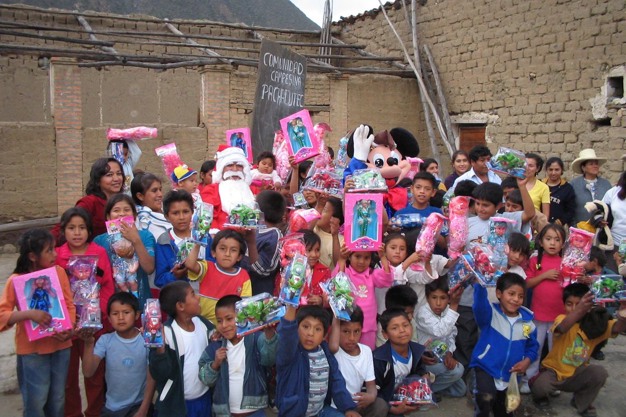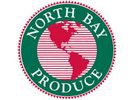The pea season from Peru kicked off last week. Colder weather slowed down the start by about two weeks and volumes will still be relatively low for the next couple days. As a result of low volumes, this week's product is flown into Europe, the main destination for Peruvian peas. "However, with supply ramping up, growers are expected to start loading the first sea containers by the end of next week," says Teresa Alarcon with North Bay Produce, located in the U.K. She estimates that about 80 percent of North Bay's peas from Peru are shipped to Europe with the remainder of the volume making it into the U.S. and Japan.
North Bay's pea growers are all located in the Caraz region, in the highlands of Peru. "It's one of the best growing regions in Peru due to the high altitude," Alarcon commented. "There is a big contrast between night and day temperatures and another benefit is the quality of the soil and water." Water supply comes from a glacier in the area. Two types of peas are grown in Caraz: snow peas, also known as mangetout in Europe, as well as sugar snaps.

Snow peas grown in Peru.
Main markets
While production volumes for the two varieties are about the same, they have a very different demand pattern across Europe. The U.K. market has a strong preference for sugar snaps and this variety is also most preferred in Scandinavia. In continental Europe however, consumers have a strong preference for snow peas with the Netherlands being the largest market. "Altogether, it balances out and demand for snow peas and sugar snaps is about fifty-fifty," Alarcon said. In France, Spain and Italy, consumption of snow peas and sugar snaps is still relatively low. These countries grow other pea varieties as well as other vegetable varieties that can be sourced locally.
Competition Zimbabwe
With the season now starting, volumes are building up and peak supplies will be available in the summer, between the end of July and the beginning of September. After that, supply slows down until the season ends at the beginning of November, around week 45 or 46. During Peru's pea season, Zimbabwe is also in the market. "This is Peru's biggest competitor as they ship most of their volume to Europe," Alarcon shared. While Zimbabwe is able to supply peas at a lower price, Peru's peas differentiate in other ways. "We've been supplying peas from Peru for the past 20 years and they stand out because of their stability and quality. Throughout the season, we are able to offer a steady supply, something that is of key importance to retailers," Alarcon shared. "At the end of the day, nobody likes empty shelves." North Bay Produce has a loyal customer base that wants to keep working with Peru.
Demand for peas form Peru is stable and has been largely related to weather. Cooler weather in Europe has meant greater demand for hot dishes and stews where peas are a key ingredient, causing consumption to increase. "During summer we are seeing gains now where the freshness of the peas is great for salads and other light and healthy dishes", Alarcon mentioned.

Cost increase
One of the biggest challenges of North Bay's Peruvian pea program is cost. Costs at origin and supply chain costs go up every year. "We want to offer product at a competitive price, but also want to give the growers a fair return as they have invested in complying with EU regulations and growing a quality product." This continues to be a challenge. To provide stability to the growers, North Bay's pea production is based on demand. "We program the volume with our retail customers and if no abnormal situation occurs, supply and demand should be in balance."
Sustainability is one of North Bay's core values. "As we are investing in our growing regions, we work with our growers in the operation and decision-making processes, ensuring that they prioritize the well-being of the planet and future generations."

 For more information:
For more information:
Teresa Alarcon
North Bay Produce
Tel: +44 208-339-6310
[email protected]
www.northbayproduce.com
